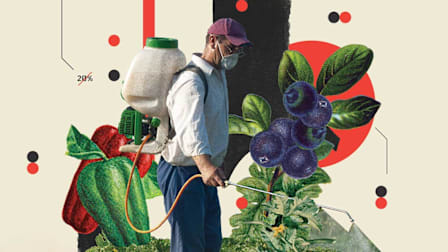Are the Purple Varieties of Vegetables Better for You Than Others?

They could be. The purple versions of more commonly orange, yellow, and white vegetables—such as cauliflower and carrots—are like eggplant, blueberries, and other purple produce: They contain plant pigments called anthocyanins. These antioxidant compounds may help to prevent chronic illness, including heart disease, cancer, and type 2 diabetes.
Editor’s Note: This article also appeared in the September 2021 issue of Consumer Reports magazine.



















